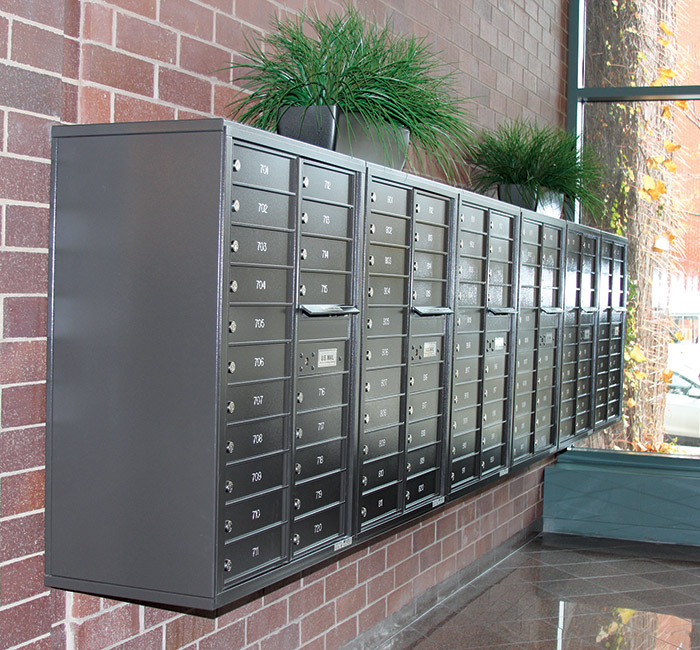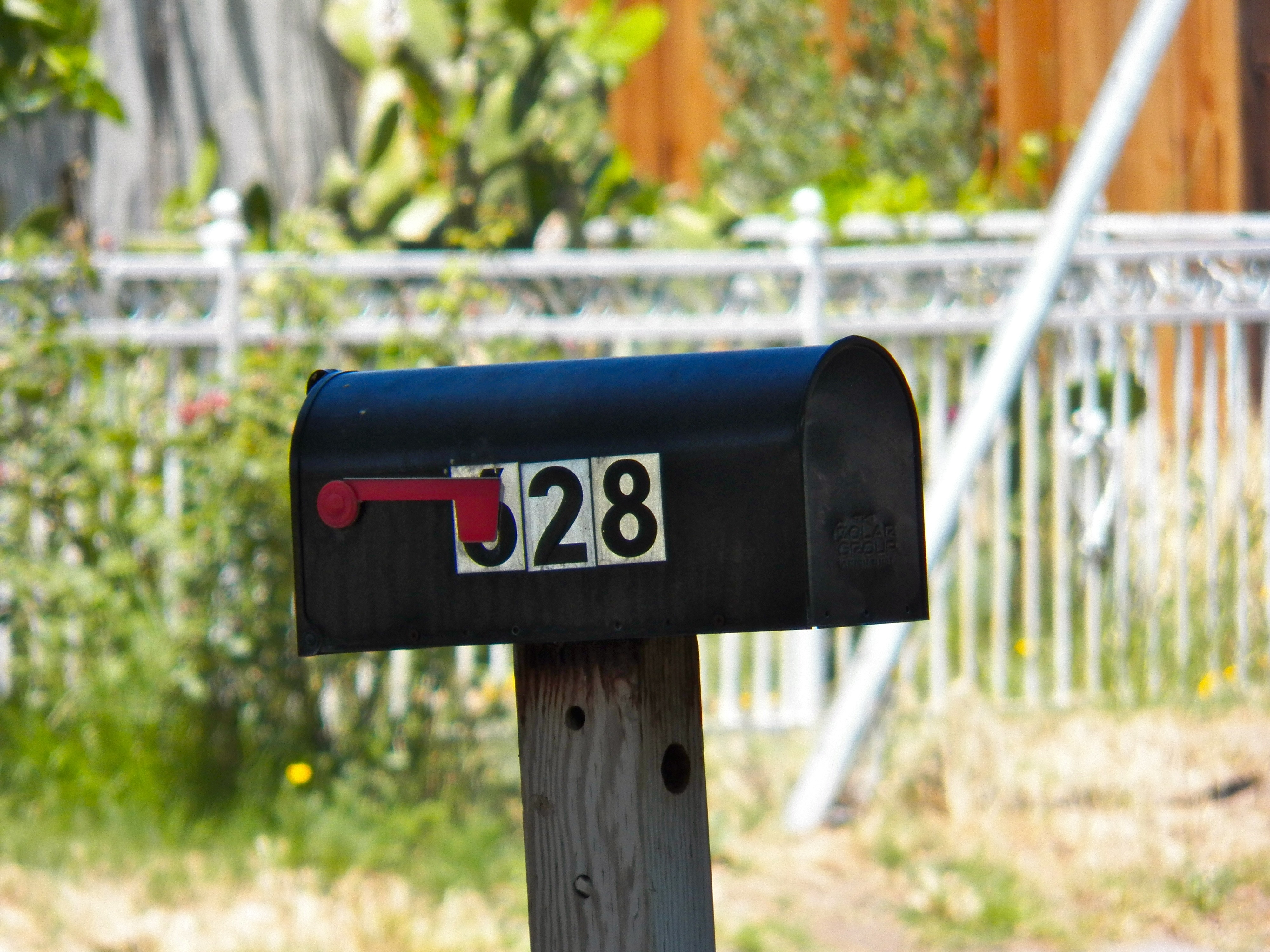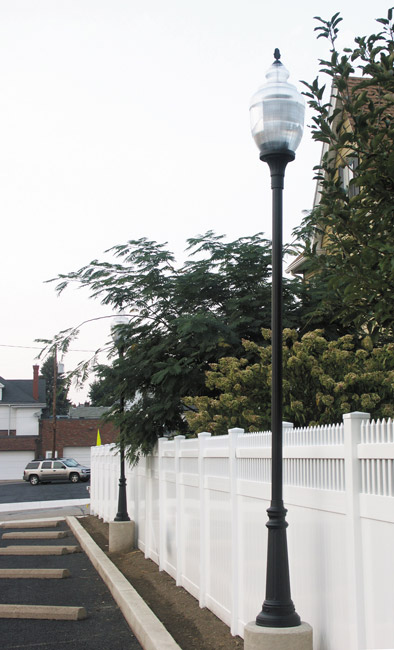Blog
The Evolution of Centralized Mailboxes
Tuesday January 04, 2022Centralized mailboxes have become increasingly common in recent years. They are distinguished from curbside mailboxes by their use of multiple mailbox units. While curbside mailboxes are exclusive to a single home or residence, centralized mailboxes have multiple units. As a result, both the United States Postal Service (USPS) and many property developers prefer them. Centralized mailboxes, however, have evolved. This post explores the evolution of centralized mailboxes and how they came to be.
Choosing the Right Traffic Signs: What You Should Know
Tuesday December 21, 2021Whether you're developing a commercial or residential area, you may need to use traffic signs. Traffic signs have been around for centuries. They became increasingly common, however, during the 1930s in response to the rise of modern-day automobiles. While all traffic signs provide instructions to road users, they are available in different types. What type of traffic signs should you use for your development project?
5 Things to Consider When Choosing Posts for Curbside Mailboxes
Thursday December 02, 2021Unlike centralized mail delivery systems, all curbside mailboxes require a post. Consisting of a vertical pole or structure, it allows you to mount a curbside mailbox at an elevated height. You shouldn't choose just any type of post, however. Below are five important things to consider when choosing posts for curbside mailboxes.
An Introduction to the Different Types of Mailboxes
Friday November 26, 2021The United States Postal Service (USPS) is responsible for delivering mail to over 160 million addresses per year. Some of these addresses consist of homes or apartments, whereas others consist of businesses and commercial properties. Regardless, they all have a mailbox where USPS couriers can drop off mail. There are many different types of mailboxes, however. While you might be familiar with traditional curbside mailboxes, you might be surprised to learn about the alternative mailboxes supported by the USPS.
Incandescent vs Light-Emitting Diode (LED) Outdoor Lighting: Which Is Best?
Tuesday November 23, 2021Both commercial and residential properties can benefit from outdoor lighting. When the sun goes down, it will illuminate the surrounding area. There are different types of outdoor lighting, however, two of the most common being incandescent and light-emitting diode (LED). While they are both designed to illuminate the area in which they are installed, they aren't the same. What's the difference between incandescent and LED outdoor lighting exactly, and which type should you choose?






